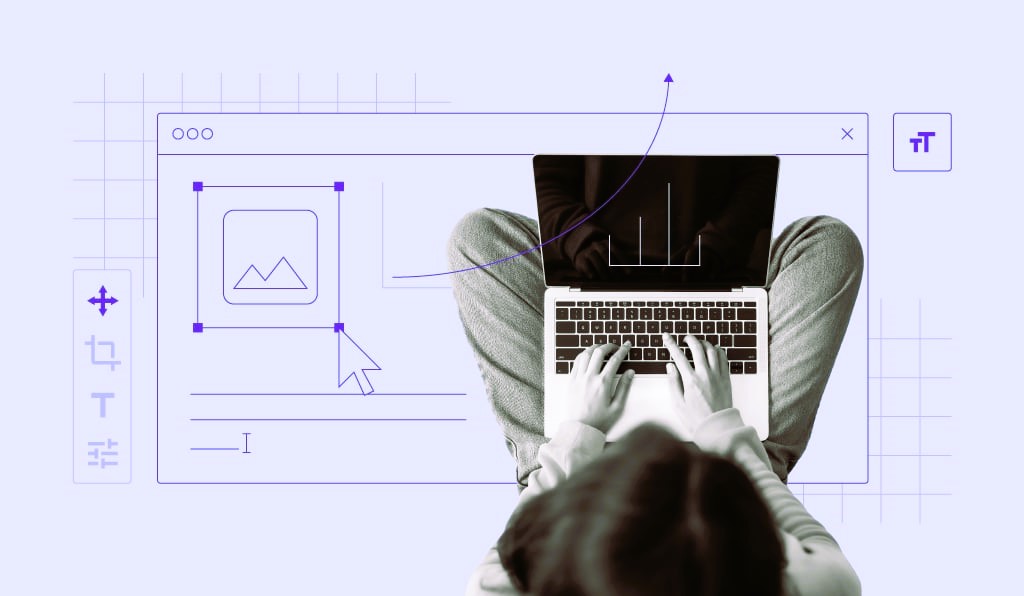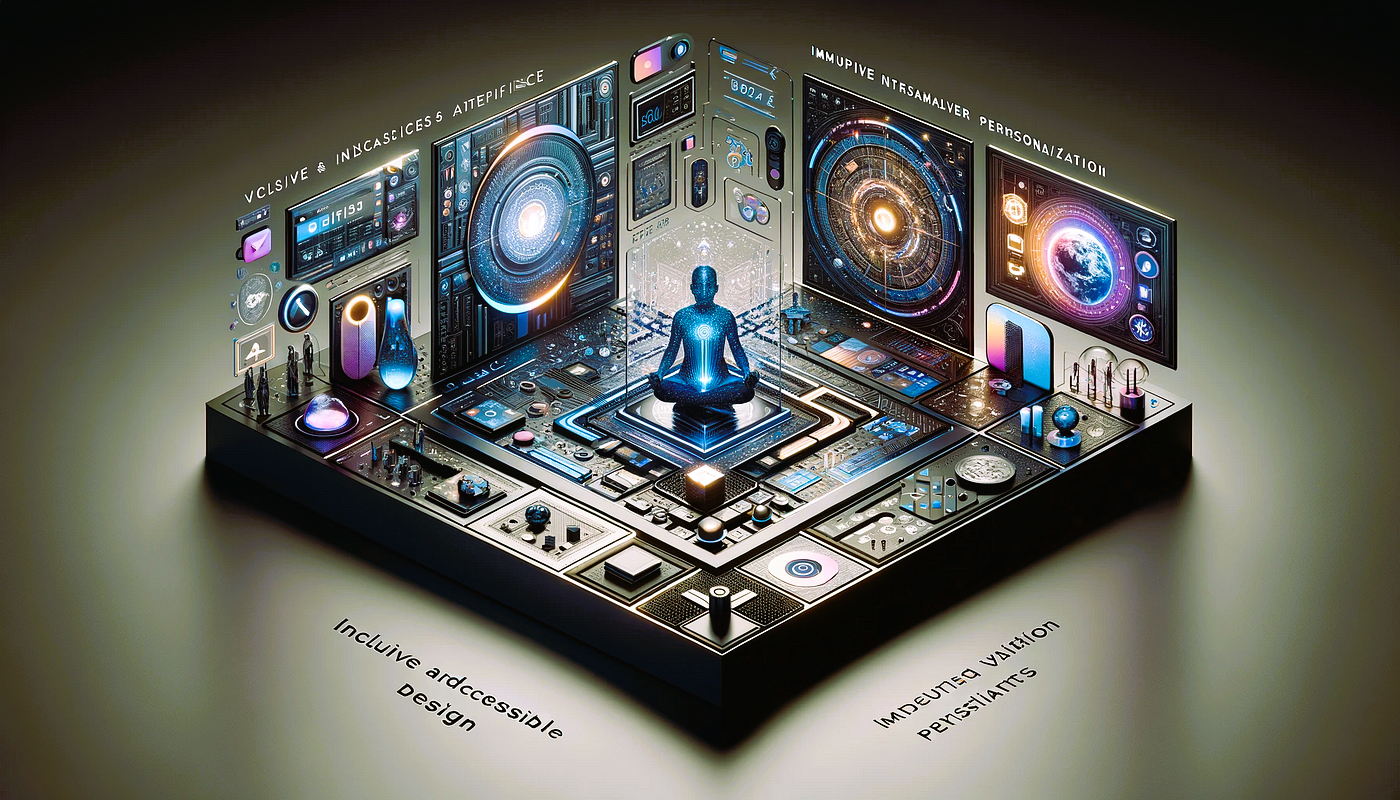In the ever-evolving landscape of game development, user interface (UI) design plays a crucial role in shaping player experiences. As technology advances and player expectations shift, innovative UI design trends emerge, offering fresh ways to engage and immerse players. This article explores the latest trends in UI design within the gaming industry, highlighting how these innovations enhance gameplay and player interaction.
The Rise of Immersive UI Design
Immersive UI design focuses on creating interfaces that seamlessly integrate with the game’s environment, enhancing player immersion. Here are some notable trends in this area:
1. Contextual UI Elements
Contextual UI elements adapt based on the player’s current situation within the game. This approach ensures that the interface provides relevant information and options without cluttering the screen. Examples include:
- Dynamic HUDs: Heads-Up Displays (HUDs) that change based on gameplay conditions, such as displaying different information during combat versus exploration.
- Adaptive Menus: Menus that offer options relevant to the player’s current quest or in-game status, minimizing the need for navigating through multiple screens.
2. Augmented Reality (AR) and Virtual Reality (VR) Integration

AR and VR technologies have transformed how UI elements are presented in games, creating more immersive and interactive experiences:
- VR Interfaces: In VR games, UI elements are integrated into the 3D environment, allowing players to interact with menus and controls using hand gestures or virtual controllers.
- AR Overlays: AR games use overlays to provide contextual information in the player’s real-world environment, enhancing the gaming experience with real-time data and interactive elements.
3. Minimalist Design
Minimalist design emphasizes simplicity and clarity, reducing visual clutter and focusing on essential elements. This trend is evident in:
- Streamlined HUDs: Minimalist HUDs display only critical information, such as health and ammo, using unobtrusive elements that blend with the game’s aesthetics.
- Clean Menus: Simplified menus with intuitive navigation and fewer options make it easier for players to access key features without distraction.
The Impact of Personalization and Customization
Personalization and customization are becoming increasingly important in UI design, allowing players to tailor their experiences to their preferences:
1. Customizable HUDs
Players can now customize HUD elements to suit their play style, including:
- Adjustable Layouts: Allowing players to reposition and resize HUD components based on their preferences.
- Personalized Themes: Offering different visual themes and color schemes that players can select to match their style or improve visibility. Read our article to learn how to effectively prototype and test game UI designs.
2. User-Driven Design Choices
Games are incorporating options that let players adjust UI settings according to their needs:
- Dynamic Scaling: UI elements that scale based on the player’s screen size or resolution, ensuring optimal visibility across different devices.
- Configurable Controls: Customizable control schemes that accommodate different input methods and player preferences, from keyboards and mice to game controllers.
Advanced Data Visualization Techniques
Data visualization in games helps players understand complex information and make informed decisions. Recent trends include:
1. Real-Time Analytics
Real-time data visualization allows players to see immediate feedback on their actions and performance:
- Interactive Graphs and Charts: Providing visual representations of in-game statistics, such as performance metrics or progress towards objectives.
- Live Feedback: Using visual and auditory cues to inform players about changes in game state, such as health status or mission updates.
2. Enhanced Map Interfaces
Maps in games are evolving to provide more detailed and interactive information:
- Dynamic Maps: Maps that update in real-time to reflect changes in the game world, such as enemy movements or mission markers.
- Layered Information: Maps with layers that players can toggle to view different types of information, such as terrain details, enemy locations, or resource points.
Embracing Emerging Technologies
The integration of emerging technologies into UI design is shaping the future of gaming interfaces:
1. Artificial Intelligence (AI) and Machine Learning
AI and machine learning are being used to create adaptive UI elements that respond to player behavior:
- Predictive Interfaces: AI-driven interfaces that anticipate player needs based on their actions and preferences, offering relevant options and information.
- Smart Recommendations: Machine learning algorithms that suggest in-game items, strategies, or content based on player behavior and preferences.
2. Haptic Feedback
Haptic feedback enhances the tactile experience of interacting with UI elements:
- Responsive Controls: Providing physical feedback through controllers or devices to simulate in-game interactions, such as vibrations for notifications or resistance for simulated actions.
- Immersive Effects: Using haptic technology to create more immersive experiences, such as feeling the impact of in-game actions or environmental changes.
Best Practices for Innovative UI Design

To successfully implement innovative UI design trends, developers should follow best practices:
1. User-Centric Design
Prioritize the needs and preferences of players in UI design. Conduct user testing and gather feedback to ensure that the interface is intuitive and enhances gameplay.
2. Consistency and Cohesion
Maintain consistency in design elements to ensure a cohesive experience. Consistent visual language, controls, and interactions help players quickly familiarize themselves with the interface.
3. Performance and Optimization
Ensure that innovative UI elements do not negatively impact game performance. Optimize graphics, animations, and interactions to provide a smooth and responsive experience across various devices.
Innovative UI design trends are transforming the gaming industry, enhancing player engagement and immersion through dynamic, adaptive, and personalized interfaces. By embracing these trends and following best practices, developers can create interfaces that not only meet the evolving needs of players but also set new standards in game design.
For further insights into UI design standards and guidelines, you can explore Wikipedia’s User Interface Design. This resource offers comprehensive information on established practices and emerging trends in UI design, providing valuable guidance for developers seeking to innovate and improve their interfaces.
By staying abreast of the latest trends and technologies, game developers can craft user interfaces that elevate the gaming experience, making it more engaging and enjoyable for players around the world.




